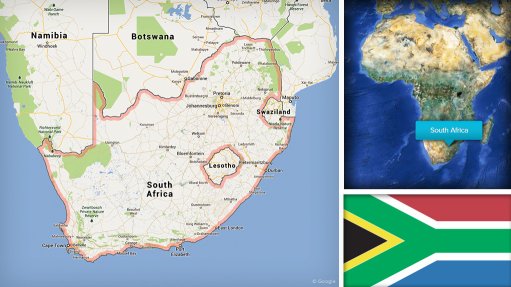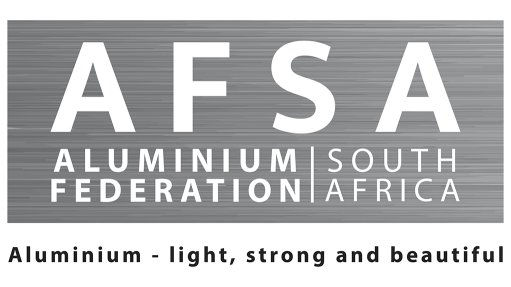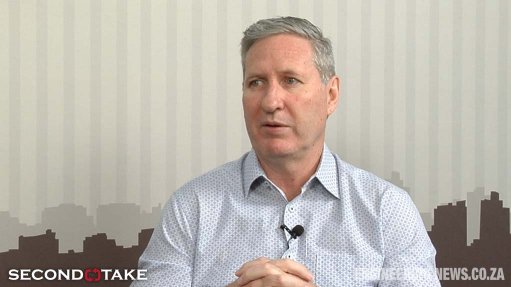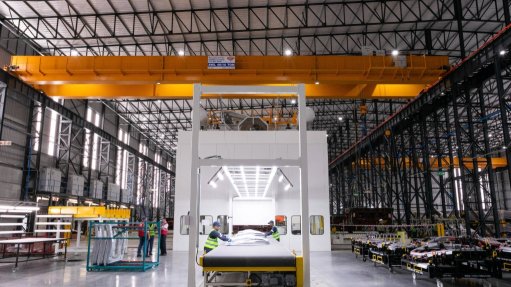SA emissions clampdown begins - industry urged to comment on draft plans by month-end
This article has been supplied.
By: Anton Ackermann and Alistair Young
The Minister of Forestry, Fisheries and the Environment, Dr Dion George, published the Draft National Greenhouse Gas Carbon Budget and Mitigation Plan Regulations (Draft Regulations) along with the Draft Technical Guidelines (Draft Guidelines) for public comment, marking a further step towards implementing South Africa’s climate change response under the Climate Change Act 22 of 2024 (Climate Change Act).
The publishing of the Draft Regulations and Draft Guidelines is an important step in establishing and giving effect to South Africa’s climate change policy commitments and to set into motion key provisions of the Climate Change Act, by declaring the list of greenhouse gases which cause or are likely to cause or exacerbate climate change (Listed GHGs), establishing a mandatory carbon budgeting system for high-emitting sectors, and setting out the requirements for mitigation plans. The introduction of carbon budgets aligns with South Africa’s commitment under the Paris Agreement to reduce greenhouse gas emissions and contribute to global efforts to limit warming to below 2°C.
The Draft Regulations include the Listed GHGs as well as the list of activities that emit or have the potential to emit, one or more of the Listed GHGs. The Listed GHGs include:
- Carbon dioxide
- Methane
- Nitrous oxide
- Hydrofluorocarbons
- Perfluorocarbons
- Sulphur hexafluoride
- Nitrogen trifluoride
- Trifluoromethyl sulphur pentafluoride
- Halogenated ethers
- Other halocarbons not covered by the Montreal Protocol
The Draft Regulations establish a mandatory carbon budgeting system for high-emitting sectors and activities and apply to data providers whose emissions of Listed GHGs exceed 30,000 tonnes of CO₂-equivalent annually. It further outlines how carbon budgets will be allocated, monitored and enforced. The Draft Regulations also require the submission and implementation of mitigation plans which will be required to describe the actions to be implemented to reduce greenhouse gas emissions and to remain within allocated carbon budgets, with the first commitment period set to run from 1 January 2026 to 31 December 2030.
The Draft Regulations provide for three methods of carbon budget allocation:
1. Product-based benchmarking (the preferred method).
2. Mitigation potential analysis (fall-back method).
3. Fixed-target approach (least preferred fall-back method).
Data providers will be required to submit annual progress reports on both their emissions and the implementation- of mitigation measures. Non-compliance may result in penalties, including higher carbon tax rates and fines of up to R10 million or imprisonment for up to 10 years.
The mitigation plans will have to outline the specific measures that the data provider will implement to ensure their greenhouse gas emissions remain within the allocated budget during a rolling five-year commitment period. Each mitigation plan must include detailed information about the production processes, the types of greenhouse gases emitted, and the interventions planned to reduce emissions and further include indicators and activity data to track progress, along with assumptions and methodologies used to estimate emission reductions.
Mitigation plans will be subject to review and approval by the Department of Forestry, Fisheries and the Environment, as the competent authority, and will have to be revised if the carbon budget allocation changes or if performances deviate materially from expectations. Data providers will be required to report annually on the implementation of their mitigation plans and may request one revision per commitment period, provided that the revised measures are equally or more ambitious.
The Draft Guidelines lend support to data providers for the implementation of the Draft Regulations and provide detailed instructions on data collection, emissions calculation, reporting procedures, and verification requirements.
The Draft Regulations and Draft Guidelines are open for public comment for a period of 60 days from the date of publication. Given the potential financial implications and the operational resources required for compliance, it is essential that all affected sectors submit their comments before the deadline.
Article Enquiry
Email Article
Save Article
Feedback
To advertise email advertising@creamermedia.co.za or click here
Comments
Announcements
What's On
Subscribe to improve your user experience...
Option 1 (equivalent of R125 a month):
Receive a weekly copy of Creamer Media's Engineering News & Mining Weekly magazine
(print copy for those in South Africa and e-magazine for those outside of South Africa)
Receive daily email newsletters
Access to full search results
Access archive of magazine back copies
Access to Projects in Progress
Access to ONE Research Report of your choice in PDF format
Option 2 (equivalent of R375 a month):
All benefits from Option 1
PLUS
Access to Creamer Media's Research Channel Africa for ALL Research Reports, in PDF format, on various industrial and mining sectors
including Electricity; Water; Energy Transition; Hydrogen; Roads, Rail and Ports; Coal; Gold; Platinum; Battery Metals; etc.
Already a subscriber?
Forgotten your password?
Receive weekly copy of Creamer Media's Engineering News & Mining Weekly magazine (print copy for those in South Africa and e-magazine for those outside of South Africa)
➕
Recieve daily email newsletters
➕
Access to full search results
➕
Access archive of magazine back copies
➕
Access to Projects in Progress
➕
Access to ONE Research Report of your choice in PDF format
RESEARCH CHANNEL AFRICA
R4500 (equivalent of R375 a month)
SUBSCRIBEAll benefits from Option 1
➕
Access to Creamer Media's Research Channel Africa for ALL Research Reports on various industrial and mining sectors, in PDF format, including on:
Electricity
➕
Water
➕
Energy Transition
➕
Hydrogen
➕
Roads, Rail and Ports
➕
Coal
➕
Gold
➕
Platinum
➕
Battery Metals
➕
etc.
Receive all benefits from Option 1 or Option 2 delivered to numerous people at your company
➕
Multiple User names and Passwords for simultaneous log-ins
➕
Intranet integration access to all in your organisation


















